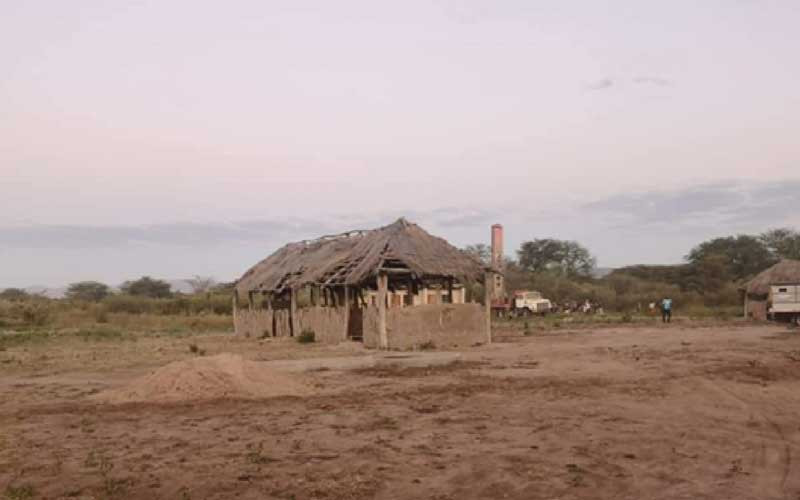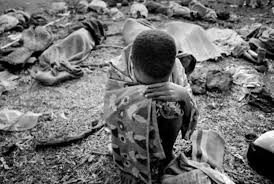
National development and growth are anchored on effective health and education as the two form a part of the critical variables that enhance national competitive advantage.
In Zimbabwe, health and education have been found wanting owing to a myriad of governance factors which underplay optimum service delivery.
Against this background the Zimbabwe Coalition on Debt and Development (Zimcodd) undertook a health and education situational analysis with a bias towards expenditure tracking and resource utilisation to produce a health and education situational report .
To conduct the analysis, Zimcodd conducted surveys across the country covering 57 districts.
Actionable recommendations were proposed to strengthen education and health service delivery.
Across the globe, health and education sectors are at the core of national development and growth.
The two sectors play a vital role in building national human capital development (HCD).
History and literature attest to the fact that, HCD is the driving thrust of inclusive and comprehensive socio-economic development.
- ‘Govt pampering looters with tax breaks’
- 5 more UZ students arrested
- Govt sleeping on the wheel: Zimcodd
- Scrap 2% tax, citizens tell Govt
Keep Reading
While the above assertion holds water, it is critical to note that Zimbabwe’s health and education sectors remain wanting thereby creating a conducive for weak HCD and socio-economic inequalities.
Zimbabwe failed to meet the health-related Millennium Development Goals (MDGs) in 2015 and unless bold efforts are made to improve the situation, the 2030 Sustainable Development Goals (SDGs) health targets may also be missed.
Understanding Zimbabwe's healthcare difficulties is critical to making recommendations for aligning the country's healthcare delivery system with the 2030 SDGs.
Inadequate healthcare financing, corruption and tender-preneurship, more spending on salaries than on service delivery, a bias in public healthcare spending toward urban-based higher-level health facilities, and a lack of community participation in health matters are among the obstacles to efficient healthcare delivery in Zimbabwe.
To improve health and healthcare delivery in the country, it is necessary to increase community participation in health issues, effectively equip lower-level health institutions, promote citizen expenditure monitoring and tracking systems, implement retention measures for health staff, and raise more resources for healthcare delivery.
In addition, just like the health sector, the education sector is also lacking as characterised by glaring infrastructure gaps.
This is despite the availability of legal, regulatory and institutional frameworks established across the country to facilitate optimum education delivery.
The Education Sector Strategic Plan 2021-2025 being implemented by the Ministry of Primary and Secondary Education (MOPSE) in alignment with the National Development Strategy (NDS) 1seeks to ensure universal education coverage. Despite such positive strides, the infrastructure gaps within the sector are daring and threatening effective education.
The findings by the Office of the Auditor General Report (OAG) for 2022 indicate that, in Bindura beer halls and abandoned garages were being used as school classrooms. A negative environment forquality and excellent education.
For United Nations Children's Fund (Unicef), Zimbabwe needs to redress the structural and social determinant facilitating education inequality for it to achieve its development aspirations.
Unicef noted that, only 10% of children with disability are in school and less than 5% of schools have disability facilities.
About eight out of 10 of primary age children are in school.
While this is a positive stride, the remaining two must be in school to ensure optimum education service delivery.
A trend analysis of Zimbabwe’s education performance from 1980 to date shows that the country’s education has gradually declined.
Zimbabwe’s education system was the best in Africa and competitive globally.
Nonetheless, governance epidemics such as impunity, malfeasance, favouritism, nepotism, financial mismanagement, tenderpreneurship, and economies of affection, to mention a few, have been complementing each other to militate against optimum education.
State party conflation and partisan appointments have not done any good for the country as they have also facilitated the weakening of pillars of corporate governance.
Moreover, understanding the link between budgetary capabilities in public health expenditure and public education expenditure plays a pivotal role in assessing the government's prioritization of the education and health sector in the face of financial constraints.
Despite increased economic capacity, the government still prioritizes military investment over healthcare and education spending.
The government`s education and health budget allocations are wanting, worsening the health and education service delivery crisis.
In 2022, the government allocated 13.4% of the total budget to education against the 20% agreed Dakar Declaration of 2000.
In 2023, 14.2% and 17.7% in 2024.
For health, 14.9% was allocated in 2022 against 15% as prescribed by the Abuja Declaration of 2001. While in 2023 10.5% and 10.8 in 2024 was allocated. – Zimcodd










